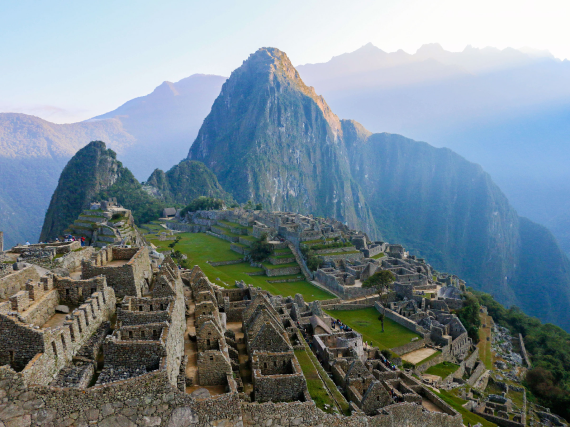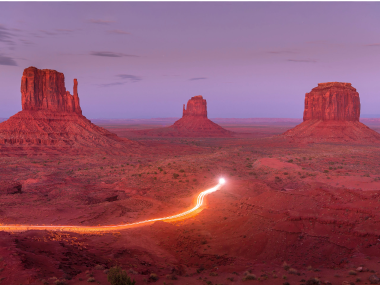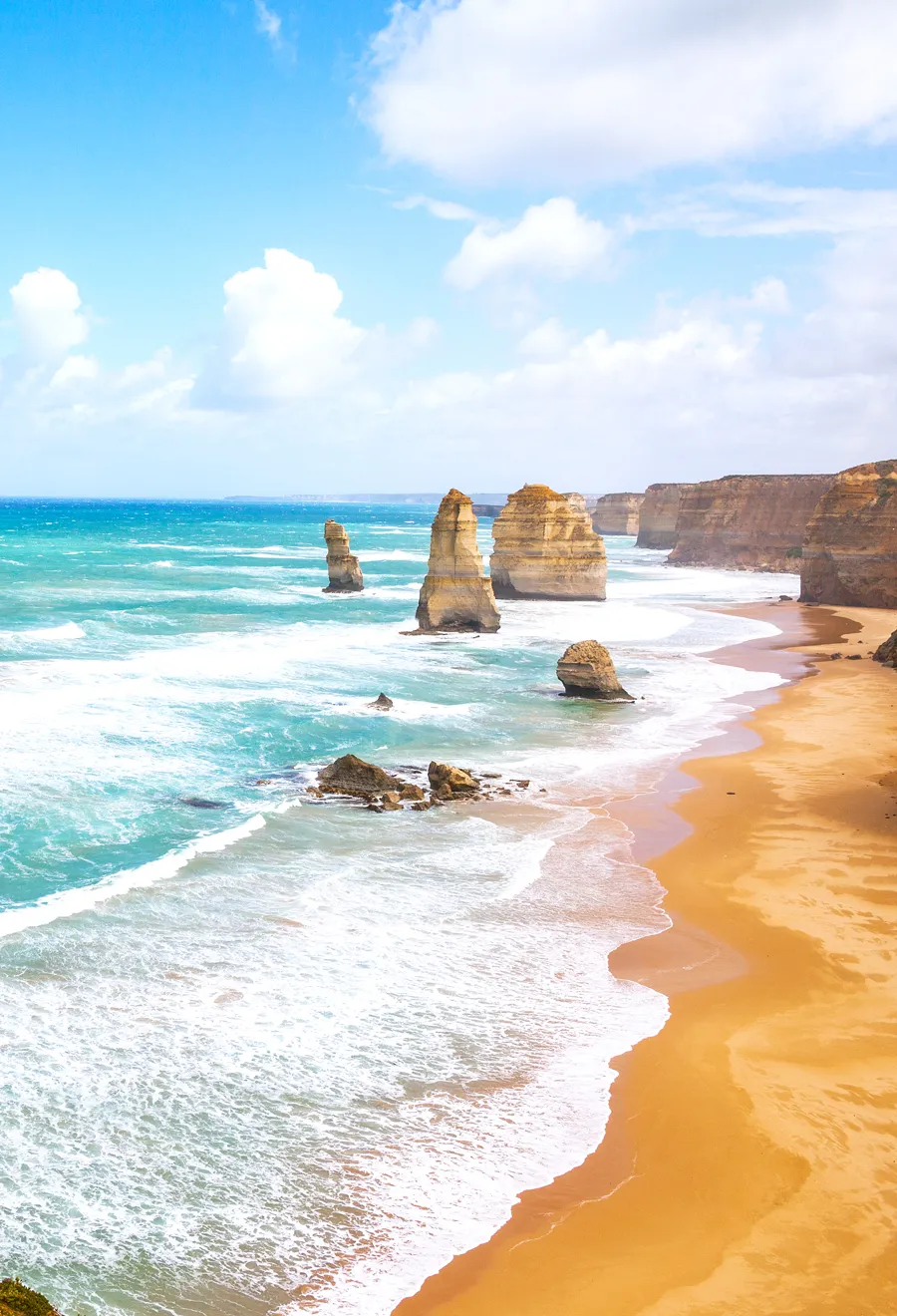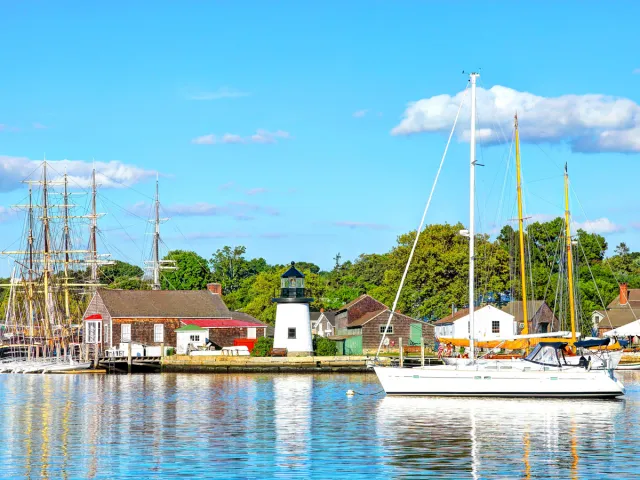With an area of 836,330 square miles, Greenland is the world’s largest island. But what about Australia? When you see Australia on a map, it looks just like any other island, surrounded by water on all sides, albeit much larger (to the tune of 2.97 million square miles). Some geographers refer to Australia as an “island continent.” Others say that the Land Down Under’s continental status precludes it from also being an island, as islands and continents are largely viewed as distinct entities. To better understand the debate, let’s take a closer look at Australia’s unique geographical status.
Is Australia a Continent or an Island?
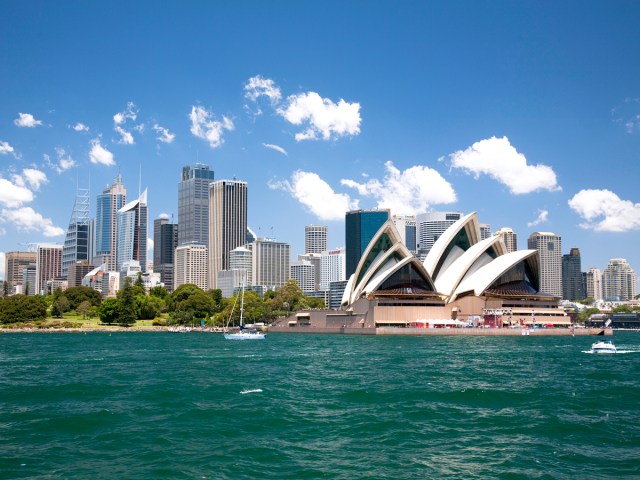
Let’s start with the Oxford English Dictionary, which defines an island as “a piece of land completely surrounded by water.” Encyclopedia Britannica adds that, by definition, islands are “smaller than a continent.” So while Australia is indeed surrounded by water, it’s considered a continent, which means that it can’t also be an island — a fact many geographers agree with.
Meanwhile, National Geographic notes that the largest type of island is known as a “continental island.” Continental islands are large land fragments that were once connected to a continent eons ago. This group includes Madagascar and Greenland.
But according to Nat Geo, the fact that Australia is a continent precludes it from being a continental island, or any other type of island for that matter. Continents are separated into a class of their own due to their immense size. So, while Australia may be the world’s smallest continent, it’s still three times bigger than the world’s largest island. This is a sizable enough gap for geographers to draw the line between islands and continents.
Other Factors at Play
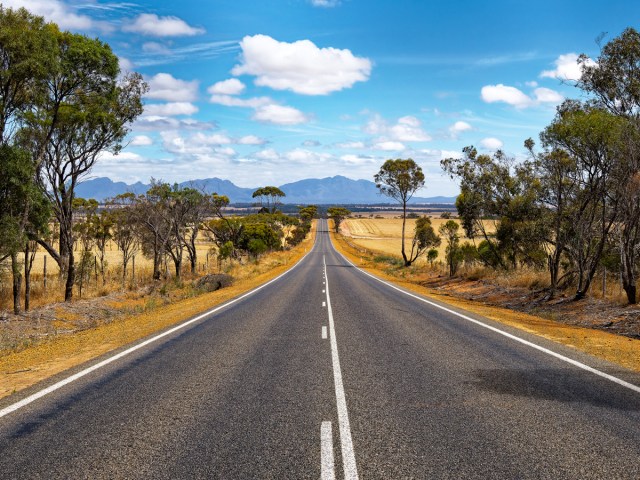
It’s not just Australia’s size that makes it a continent instead of an island — there are additional factors at play. The Oxford English Dictionary notes, “There are no strict criteria for defining continents,” but adds that they “can also be defined along cultural lines.” Britannica states that continents are classified not just by their size, but also by various biological and anthropological factors.
Geologically speaking, Australia sits on its own tectonic plate, whereas Greenland, for example, shares one with the rest of North America. Australia is also home to a vast array of endemic plant and animal species and is the longtime home of the Aboriginal peoples, who reside solely on the Australian continent. As a point of comparison, Greenlanders share their heritage with other Indigenous peoples throughout the Arctic regions of North America and Russia.
All of these factors combine to elevate Australia to its continental status. Of course, Australia is also a country — the only country in the world that spans an entire continent.
Islands in Australia
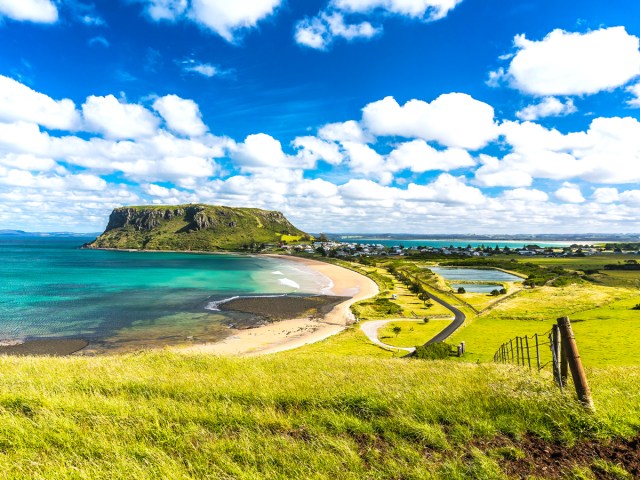
While it may not be viewed as an island itself, Australia does contain many islands — 8,222 of them, in fact. Of those islands, 3,747 are located in Western Australia, which is the most of any Australian state. The largest island on the Australian continent is 2,234-square-mile Melville, which is located in the Northern Territory. Australia also contains the island-state of Tasmania, which has an area of 26,410 square miles and is located 150 miles south of the mainland.
So, What’s Oceania?
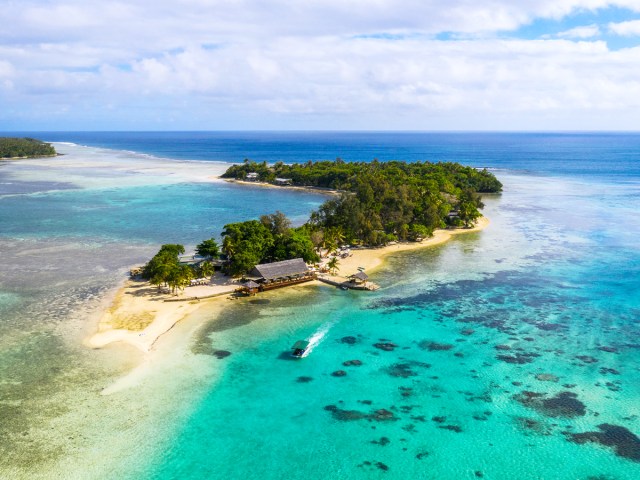
Lastly, you may also be familiar with the term “Oceania,” but is it used interchangeably with Australia to describe the continent? Or do the terms refer to different things?
According to the Oxford English Dictionary, Oceania is a collective name for “the islands and island-groups of the Pacific Ocean and its adjacent seas… and sometimes also Australasia and the Malay Archipelago.” The name Australasia refers to the geographic region encompassing Australia and New Zealand, though it sometimes also includes Papua New Guinea and other surrounding islands.
So, while New Zealand is part of Oceania (and Australasia), it’s not considered part of the continent of Australia. In general, most English speakers use the name Oceania to refer to the grouping of islands, whereas Australia is the more accurate term for the large continental landmass.
Featured image credit: Alexandrite/ iStock via Getty Images Plus
More from our network
Daily Passport is part of Inbox Studio, which publishes content that uplifts, informs, and inspires.

